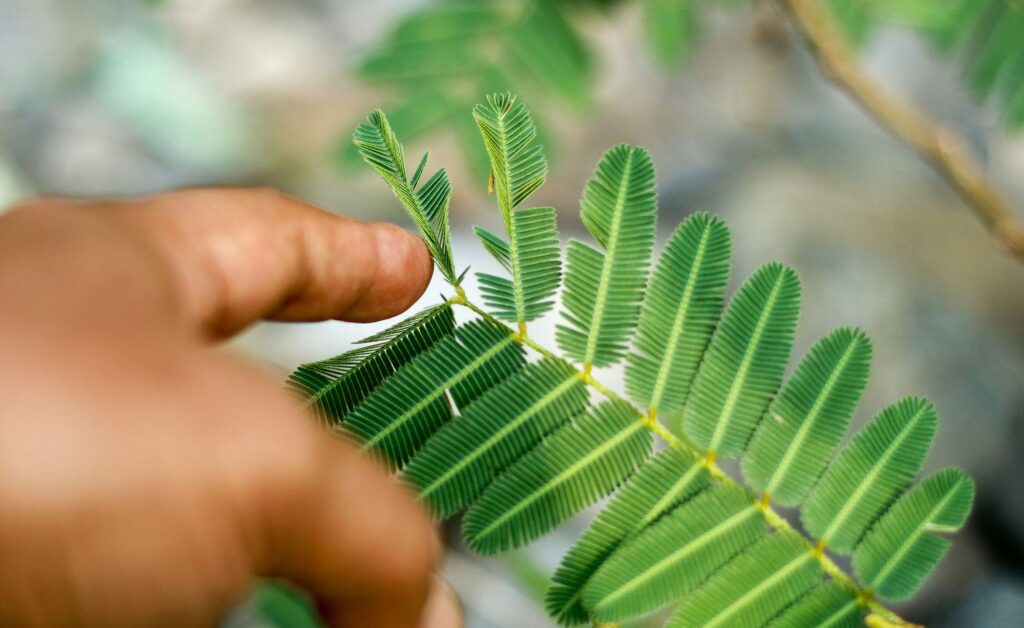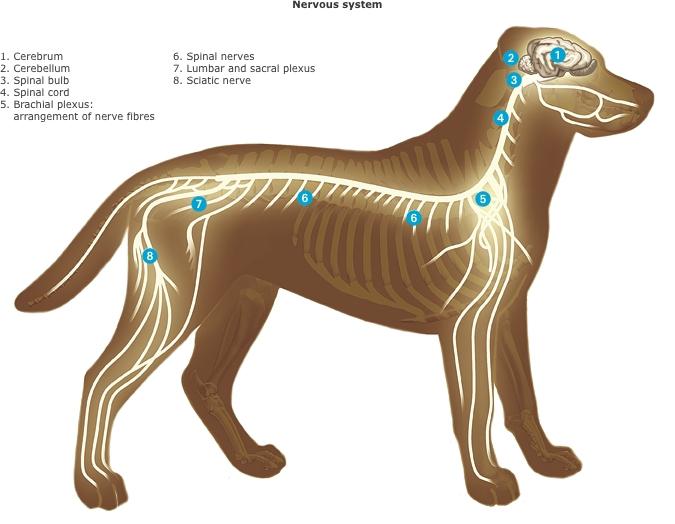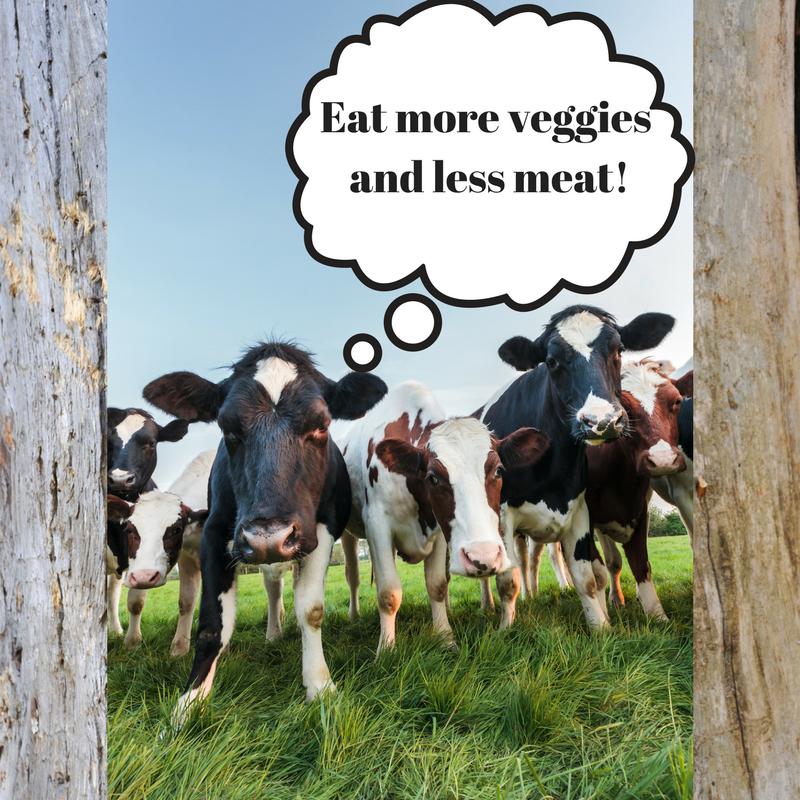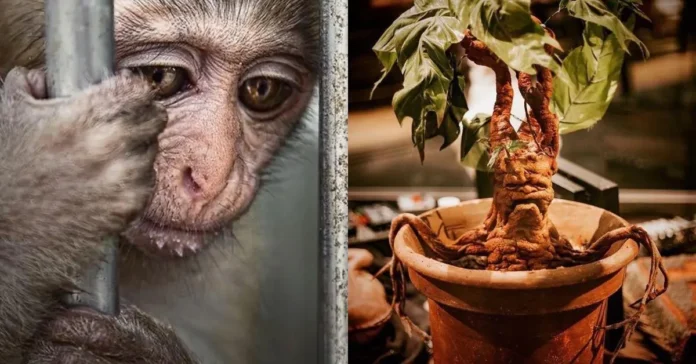In the natural world, life is interconnected in countless ways, from the tiniest blade of grass to the most complex animal species. Every organism has its role, its purpose, and its unique ways of interacting with the environment. One of the profound differences between plants and animals lies in their ability to experience pain—a distinction that holds important moral and ecological implications.


The Nature of Plants: Life Without Pain.
Plants are remarkable organisms, capable of growth, reproduction, and survival in a multitude of environments. However, they lack a nervous system, the key mechanism that allows animals to experience pain. Pain is an evolutionary response designed to signal harm and protect an organism from further injury. For plants, this type of system simply doesn’t exist.
While plants can respond to stimuli—such as sunlight, water, and even touch—these responses are more about survival and adaptation than anything akin to suffering. When a tree is cut or a flower is picked, the plant reacts on a biochemical level to heal, grow, or adapt. These responses ensure that the plant continues its life cycle, but they do not indicate any sensation of pain.

Why Animals Feel Pain
Animals, on the other hand, have evolved nervous systems that allow them to sense and respond to their environment in a much more complex way. This includes the ability to feel pain, which is crucial for their survival. Pain acts as a warning system, telling animals to avoid harmful situations and protect their bodies from injury.
Because animals can experience pain and suffering, they have an inner world of emotions and sensations that we can relate to. This shared ability to feel pain creates an ethical responsibility for humans to treat animals with care and respect, especially when it comes to the question of using animals for food.


The Ethics of Eating: A Balance with Nature.
For millennia, humans have relied on plants and animals for sustenance. While it is essential to recognize that animals can suffer, it is also important to understand that plant-based food sources offer an alternative that does not involve causing pain. When we consume plants, we are taking from a life form that does not feel pain, making it a more ethically sound option in many cases.
That doesn’t mean that we must all stop eating animals entirely. Different cultures and ecosystems have developed sustainable practices for using animals in a way that respects their lives and the natural balance. For example, some indigenous communities follow traditions that honor the animals they hunt, ensuring that they take only what they need and give thanks for the nourishment provided.
However, it is increasingly clear that factory farming and industrial-scale meat production often cause unnecessary suffering to animals. Shifting to a diet that includes more plant-based foods can help reduce this harm while still allowing humans to nourish themselves in a way that honors the environment and the creatures within it.

A Path Forward: Compassionate Choices
Ultimately, understanding that plants do not experience pain while animals do can guide us toward more compassionate choices. By being mindful of where our food comes from, how it is produced, and the impact it has on the natural world, we can strike a balance between our needs and the well-being of other living beings.
Eating more plants and fewer animals is one way to embrace this balance, preserving the lives of sentient creatures while still drawing sustenance from the earth. Nature offers us the wisdom to live in harmony with all forms of life, respecting the roles each one plays in the grand web of existence.


